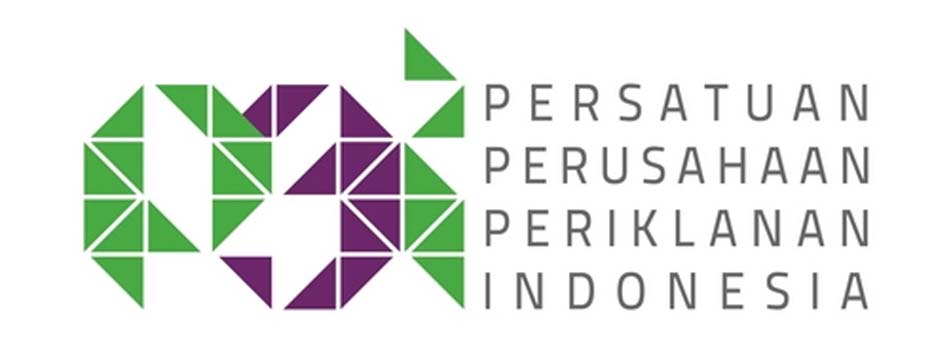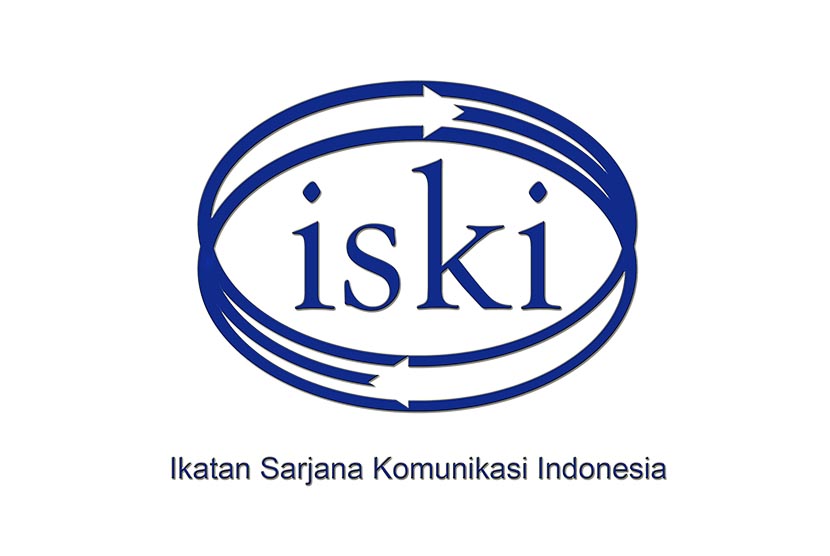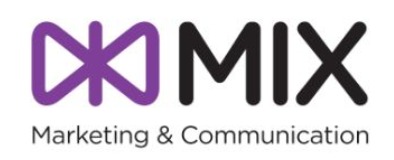Internal Communication and Brand Community
Lessons from a Digital Start-Up Company
DOI:
https://doi.org/10.36782/jobmark.v1i2.125Kata Kunci:
Internal Corporate Communication, Brand Feedback, Brand Message Effectiveness, Communication Channel, Brand CommunityAbstrak
This article examines the relationship between internal corporate communication and brand community for millennial employees at digital startup companies in Jakarta. The research method uses a mixed approach with qualitative and quantitative tests. The qualitative test uses the interview method to find out the description of the internal corporate communication formed by the company to millennial employees and its relation to the process of brand community activities involving millennial employees. A quantitative test is used to test the model between internal corporate communication and brand community. The dimensions of the internal corporate communication variable refer to brand message effectiveness, brand feedback, and communication channels, while the measurements of the brand community variable refer to the experience of information, socialization, human-machine interaction, and entertainment. The results of this study indicate that there is a strong influence between the company's internal communication management on brand community activities.
Unduhan
Referensi
Aurand, Timothy W., Linda Gorchels, and Terrence R. Bishop. 2005. “Human Resource Management’s Role in Internal Branding: An Opportunity for Cross-Functional Brand Message Synergy.” Journal of Product and Brand Management. https://doi.org/10.1108/10610420510601030.
Chernatony, Leslie De, Susan Drury, and Susan Segal-Horn. 2004. “Identifying and Sustaining Services Brands’ Values.” Journal of Marketing Communications. https://doi.org/10.1080/13527260410001693785.
Constantin, Valentina-Daniela, Otilia-Elena Platon, and Gheorghe Orzan. 2014. “"Brand Community Formation: A Critical Review ".” Annales Universitatis Apulensis Series Oeconomica 2 (16): 123–31. https://doi.org/10.29302/oeconomica.2014.16.2.10.
Devasagayam, P. Raj, Cheryl L. Buff, Timothy W. Aurand, and Kimberly M. Judson. 2010. “Building Brand Community Membership within Organizations: A Viable Internal Branding Alternative?” Journal of Product and Brand Management 19 (3): 210–17. https://doi.org/10.1108/10610421011046184.
Elsyah, R. D. (2020). Analisis Strategi Employee-People Brand Community Activity Terhadap Internal Branding. Skripsi Universitas Bakrie.
Firdaus, D. W., & Widyasastrena, D. (2016). Kajian Pertumbuhan Minat dan Realisasi Investasi Penamaan Modal Asing (PMA) dan Penanaman Modal Dalam Negeri (PMDN) Provinsi Jawa Barat (Lokasi dan Sektor Usaha). Jurnal Riset Akuntansi.
Fortunnisa, Ananda, Riska Dwinda Elsyah, Ifat Zakiyyatul Fathihah, and Syelvia Ananda. 2019. “Internal Branding on Millenial Workers 1.”
Henkel, Sven, Torsten Tomczak, Mark Heitmann, and Andreas Herrmann. 2007. “Managing Brand Consistent Employee Behaviour: Relevance and Managerial Control of Behavioural Branding.” Journal of Product and Brand Management 16 (5): 310–20. https://doi.org/10.1108/10610420710779609.
Henkel, Sven, Torsten Tomczak, and Daniel Wentzel. 2007. “Bringing the Brand to Life: Structural Conditions of Brand-Consistent Employee Behavior.” Thexis 24 (1): 13–16. https://doi.org/10.1007/bf03249137.
King, Ceridwyn, and Debra Grace. 2008. “Internal Branding: Exploring the Employee’s Perspective.” Journal of Brand Management 15 (5): 358–72. https://doi.org/10.1057/palgrave.bm.2550136.
Mazzei, Alessandra. 2010. “Promoting Active Communication Behaviours through Internal Communication.” Corporate Communications: An International Journal. https://doi.org/10.1108/13563281011068096.
Mazzei, Alessandra, and Luca Quaratino. 2015. “BRAND BUILDING STRATEGIES AND BRAND CONSISTENT BEHAVIOR OF EMPLOYEES.” In INNOVATION, ENTREPRENEURSHIP AND SUSTAINABLE VALUE CHAIN IN A DYNAMIC ENVIRONMENT.
Mazzei, Alessandra, and Silvia Ravazzani. 2016. “A Holistic Model of Behavioural Branding : The Role of Employee Behaviours and Internal Branding.” Micro & Macro Marketing.
Miles, Sandra Jeanquart, and Glynn Mangold. 2004. “A Conceptualization of the Employee Branding Process.” Journal of Relationship Marketing. https://doi.org/10.1300/J366v03n02_05.
Mudiantono, F. F. (2015). Analisis Pengaruh Nilai Pelanggan dan Lokasi terhadap Minat terus sebagai Pelanggan dengan Kepuasan Pelanggan sebagai Variable Intervening pada Kost Sekitar Tembalang dalam Empat Wilayah. DIPONEGORO JOURNAL OF MANAGEMENT Volume 4, Nomor 1, 5
Morhart, Felicitas M., Walter Herzog, and Torsten Tomczak. 2009. “Brand-Specific Leadership: Turning Employees into Brand Champions.” Journal of Marketing. https://doi.org/10.1509/jmkg.73.5.122.
Muniz, Albert M., and Thomas C. O’Guinn. 2001. “Brand Community.” Journal of Consumer Research 27 (4): 412–32. https://doi.org/10.1086/319618.
Punjaisri, Khanyapuss, and Alan Wilson. 2007. “The Role of Internal Branding in the Delivery of Employee Brand Promise.” Journal of Brand Management 15 (1): 57–70. https://doi.org/10.1057/palgrave.bm.2550110.
Quaratino, Luca, and Alessandra Mazzei. 2018. “Managerial Strategies to Promote Employee Brand Consistent Behavior: The New Frontier for Brand Building Strategies.” EuroMed Journal of Business 13 (2): 185–200. https://doi.org/10.1108/EMJB-02-2017-0008.
Rudangga, I. G., & Sudiarta, G. M. (2016). Pengaruh Ukuran Perusahaan, Leverage dan Porfitabilitas terhadap Nilai Perusahaan . E-Jurnal Manajemen Unud, Vol. 5, No.7.
Singestecia, R., Handoyo, E., & Isdaryanto, N. (2018). Partisipasi Politik Masyarakat Tionghoa dalam Pemilihan Kepala Daerah di Slawi Kabupaten Tegal. Unnes Political Science Journal Vol 2 No 1, 66.
Stokburger-Sauer. (2010). Brand Community: Drivers and Outcomes. Psychology & Marketing, Vol. 27, No. 4, 347–368.
Salem, Fathima, and Oriol Iglesias. 2016. “Article Information :Mapping the Domain of the Fragmented Field of Internal Branding Introduction.” Journal of Product & Brand Management 25 (1).
Sharma, Neha, and T. J. Kamalanabhan. 2012. “Internal Corporate Communication and Its Impact on Internal Branding: Perception of Indian Public Sector Employees.” Corporate Communications 17 (3): 300–322. https://doi.org/10.1108/13563281211253548.
Thompson, Debora Viana, and Rebecca W. Hamilton. 2006. “The Effects of Information Processing Mode on Consumers’ Responses to Comparative Advertising.” Journal of Consumer Research. https://doi.org/10.1086/500483.
Utomo, William Putra. 2019. “Indonesia Millennial Report 2019.” IDN Research Institute 01: 61. https://www.idntimes.com/indonesiamillennialreport2019.
Vallaster, Christine, and Leslie De Chernatony. 2006. “Internal Brand Building and Structuration: The Role of Leadership.” European Journal of Marketing. https://doi.org/10.1108/03090560610669982.
Welch, Mary, and Paul R. Jackson. 2007. “Rethinking Internal Communication: A Stakeholder Approach.” Corporate Communications. https://doi.org/10.1108/13563280710744847.



















